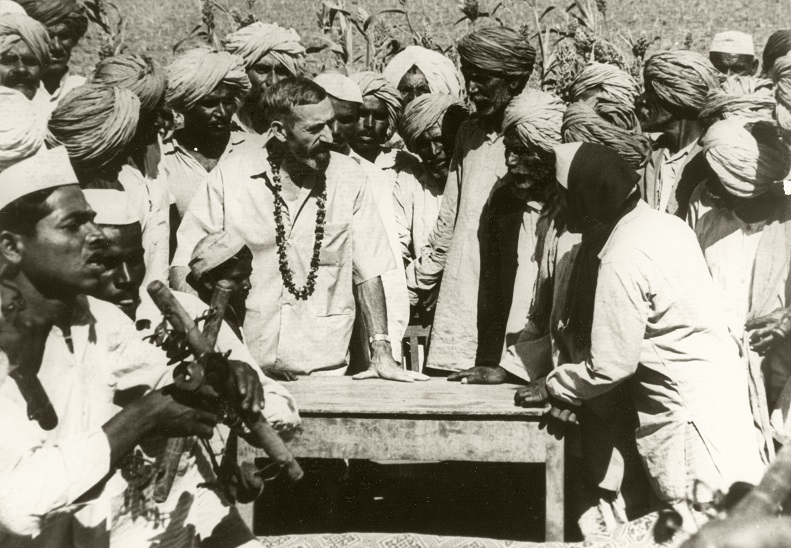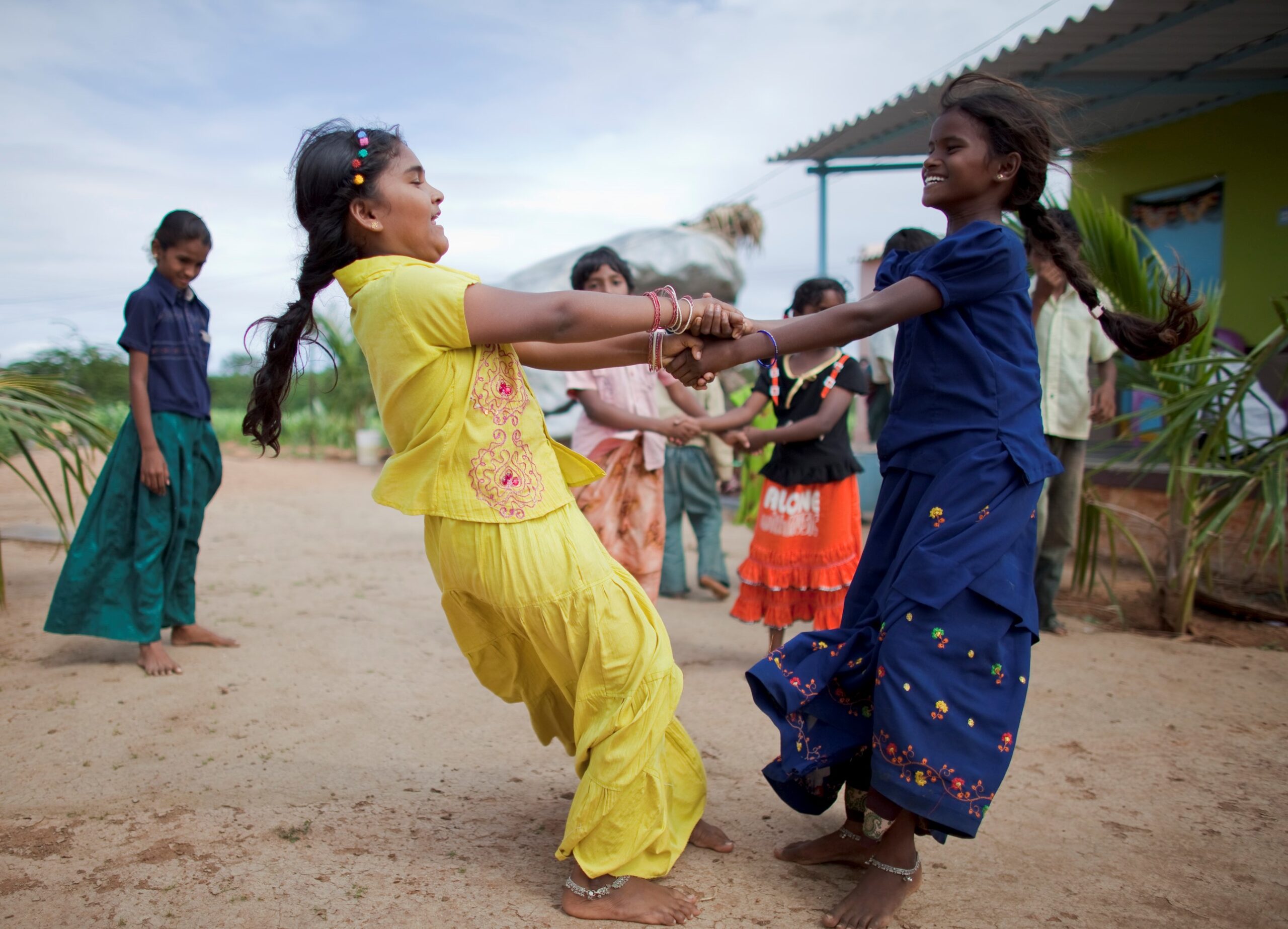Home > Blogs
When teachers became students for inclusion
The scene unfolds to ten teachers sitting at their desks, physically distanced from each other, and deeply pondering the right answers to the questions before them. For once, the instructors who generally conduct classes happen to be on the other side of the classroom as students. This is all thanks to a training session organized by the Disability Inclusive Development (DID) sector of the Rural Development Trust (RDT).
96 educators from seven RDT Inclusive Education Schools participated in this six-week training program which began on June 8th. These teachers specialize in interacting with and teaching children with various disabilities. However, some of these instructors have historically taught in either Braille or Sign Language rather than both. In order to improve their knowledge base and skills, the DID sector utilized the school closure time to conduct training in both languages.

Teachers of the High School for Speech and Hearing-Impaired learning Braille. ©RDT
“With the schools being shut, we thought we could utilize this time to upgrade the skills of our teachers as such knowledge is helpful in creating inclusive spaces, especially in education,” explains Yugendhar, Assistant Technical Director of the DID sector.
In order to accommodate differing accessibility, these training sessions were arranged to be in-person for 53 teachers residing in the Bukkarayasamudram and Rapthadu campuses with online access for 42 teachers located elsewhere. Each Monday through Saturday for the six weeks, the teachers learned the alphabet, numbers and sentence-framing in these sessions for their respective target language.
“I had only basic knowledge in Braille earlier. Now I can read and write in this language,” says Aruna who is a Telugu teacher in RDT High School for the Speech and Hearing-Impaired children.
Hari, a Braille teacher in the RDT Inclusive Primary School, participated as both a facilitator and a student by teaching Braille to other teachers and by learning sign language. “I feel happy that I am teaching Braille to not only my students but also my colleagues. The 3 weeks of sign language training has given me the confidence to communicate and teach children with auditory and speech impairment. I feel happy about that.”
Teachers of the Inclusive Education School communicating with Yugendhar in Sign Language ©RDT
“We are always striving for inclusion through our work. In the future if our specialized schools take the path of inclusive education keeping different disabilities in mind, our teachers will be equipped to handle it,” notes Yugendhar. “Earlier we did conduct sessions for a week to familiarize the teachers with Braille but now this training is more intensive. If we continue these trainings, our teachers will be fluent in these languages.”
The DID sector plans to advance the initiative by organizing a common training program for facilitators across all centers that deal with children with various disabilities. This is being orchestrated by Yugendhar and Zuleika who is the Manager of the Supported Living Program and Early Intervention at DID.
“We want to conduct a training that will provide awareness on various kinds of disabilities, physical and intellectual. This training will also deal with characteristics of those disabilities, causes and preventions, identification criteria, aids and appliances as well as Acts and Laws, especially the recent, Rights of Persons with Disabilities Act (RPWD), 2016,” states Ms. Zuleika. “This will be carried out in phases and we are thinking of the best way forward for this, keeping the preventive measures of the pandemic in mind,” she adds.
It is important to note that the DID sector staff even created videos in sign language to make information about coronavirus accessible to all.
A teacher embossing Braille in a paper for her writing exercise. ©RDT
Such training goes beyond the dimension of upgrading skills. The combination of lack of awareness and disability stigma restricts the growth of people with special needs, especially vulnerable children. When adults – with or without disabilities – learn languages such as Braille or Sign Language with proper awareness, they can sensitize others around them and contribute towards creating inclusive spaces.
Mahesh, a life skill teacher at the RDT Inclusive School, says with a smile, “Having partial visual impairment, myself, I know how isolating can it be when you cannot communicate easily. Learning sign language through this training was a novel experience for me. Now I can begin to communicate with children and people with hearing impairment and we can share our experiences together,”
Pictures and text: Felita Viegas, adapted by Vicente Ferrer Foundation USA

Commemorating 55 Years of the Rural Development Trust (RDT)
01/22/2024Today we commemorate the arrival of Anna Ferrer and Vicente Ferrer to Anantapur and the be...
READ MORE
VFF USA & the SDGs: A Bastion of Hope by Suporna Chaudhuri
08/21/2023The United Nations’ Sustainable Development Goals (SDGs) comprise a mosaic of principles...
READ MORE
Empowering Dreams: VFF USA’s Journey at NATA Convention 2023
07/20/2023In the heart of Dallas, the NATA Convention 2023 was a lively gathering of people f...
READ MORESupport our work to help individuals and communities affected by COVID-19
Would you like to know how we use the funds?LEARN MORE
 August 7, 2020
August 7, 2020
